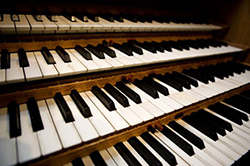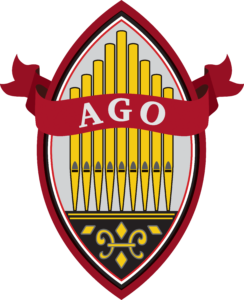Greetings from the Mid-Atlantic Region! We will talk this year about moving from playing the piano to playing the organ.
It happens inevitably in the pianist’s career that he or she will, at some point in time, be asked to play the organ. The request comes most often from those who do not understand the niceties of technique, touch, and coordination associated with the various instruments in the keyboard family, and it is assumed that if one keyboard looks like another, than it will be an easy enough affair to transition from one to the other. Indeed, certain gifted artists within living memory have successfully attempted this feat. The majority, however, feel a lack of certainty upon hearing this request, and some have even reported feelings of terror and existential despair.
We, the Officers of the Mid-Atlantic AGOYO, wish to address some of the concerns and issues associated with transitioning from piano to organ, therefore making seamless and smooth what once was perilous and uncertain, and to this end, we have designed a course of study for those who wish to embark upon this noble undertaking.
In this course, we will discuss such topics as the Mechanics of the instrument, the Sounds it is capable of making, the Pedal Board and it’s function, the common Repertoire of piano and organ, the Registration of organ repertoire, the practical performance of Hymns, Service Playing, and finally Repertoire and Career Growth. The Mechanics topic will endeavor to explore the construction and appearance of the organ, and the technical problems associated with the different types of instrument construction. In the Sounds topic, we will explore the tonal resources of the organ, as well as regional and builder specific sound classes. The Pedal Board topic will introduce the intrepid reader to the function of this essential part of the console, associated exercises, regional and period technique. Our common Repertoire topic will explore what piano works transition well to the organ, and how to register such compositions. Registration follows, quite logically, and we will explore the practical application of the tonal resources of the average instrument to repertoire present and past.
Additionally, we will discuss the application of those odd stops with no immediate practical use. Hymns and Service Playing go quite naturally hand-in-hand, but both topics are sufficiently unwieldy as to warrant separate lectures. Practical registrations for hymns, as well as conventions and certain tricks of the trade, will be discussed in the former, while in the latter we will explain the differences in liturgy between those denominations that employ an organ in worship, and which related skills the prudent church organist would be wise to develop. Finally, we will cover Repertoire and Career Growth, in which we will discuss the various exams available to the enterprising organist to prove mastery in related topics, how to find a teacher, how to join the American Guild of Organists, and how to search for jobs.
Various pitfalls and difficulties present themselves to the initiate in the art of organ playing. It is of vital importance that the process of learning not be rushed, and that a methodical approach to mastery be observed at all times in the course of studying the organ. Too often the neophyte, perhaps overzealous in his or her endeavor, or even rendered careless in light of recent mastery of another element, embarks on the next step in learning without first laying a solid foundation in the previous step. Such a heedless approach has undoubtedly resulted in many instances of sloppy and haphazard technique, or an incomplete grasp of the history, theory, and common practice in performance of certain repertoire.
It is also easy to become disheartened at any lack of progress toward mastery, and these students we cannot encourage enough to remain steadfast in their pursuit. The organ is by far the most complex instrument to master, requiring as it does the independent movement of hands and feet, and an unparalleled understanding of music theory and history. Such lofty goals take a lifetime to master.
Finally, we also encourage prospective students to be careful in selecting a teacher and learning resources. The teacher should be both patient and knowledgeable, and the resources must be comprehensive and the information contained therein must not be dubiously sourced. For the latter, the AGO provides a comprehensive bibliography for their exam process and for the edification of organists. For the former, it is hard to go wrong with a good recommendation from a friend working in the field already.
We thank you for embarking on this journey with us, and should you have any questions, please do not hesitate to get in contact either with us or with your regional officers.

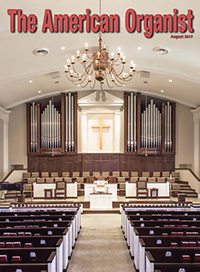
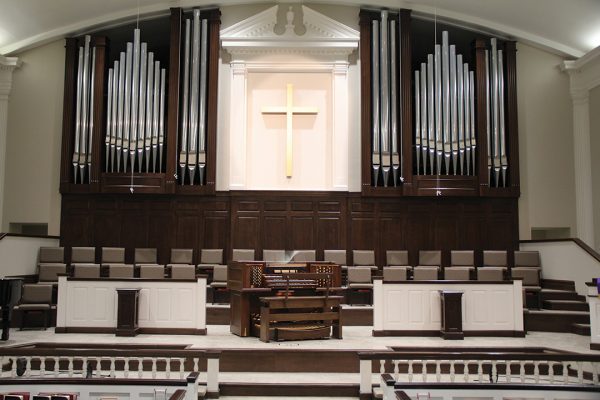
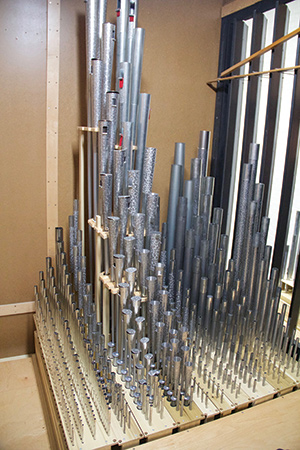
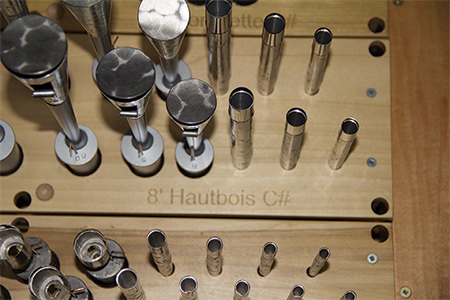
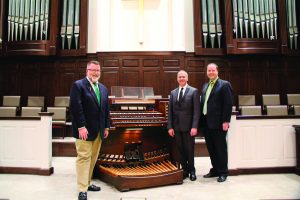

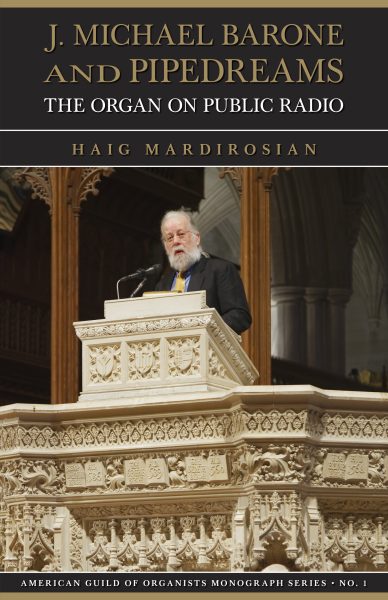
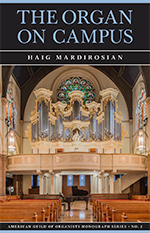 The Organ on Campus
The Organ on Campus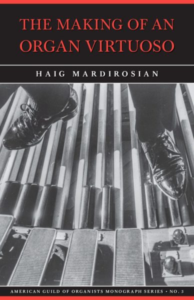 The Making of an Organ Virtuoso
The Making of an Organ Virtuoso